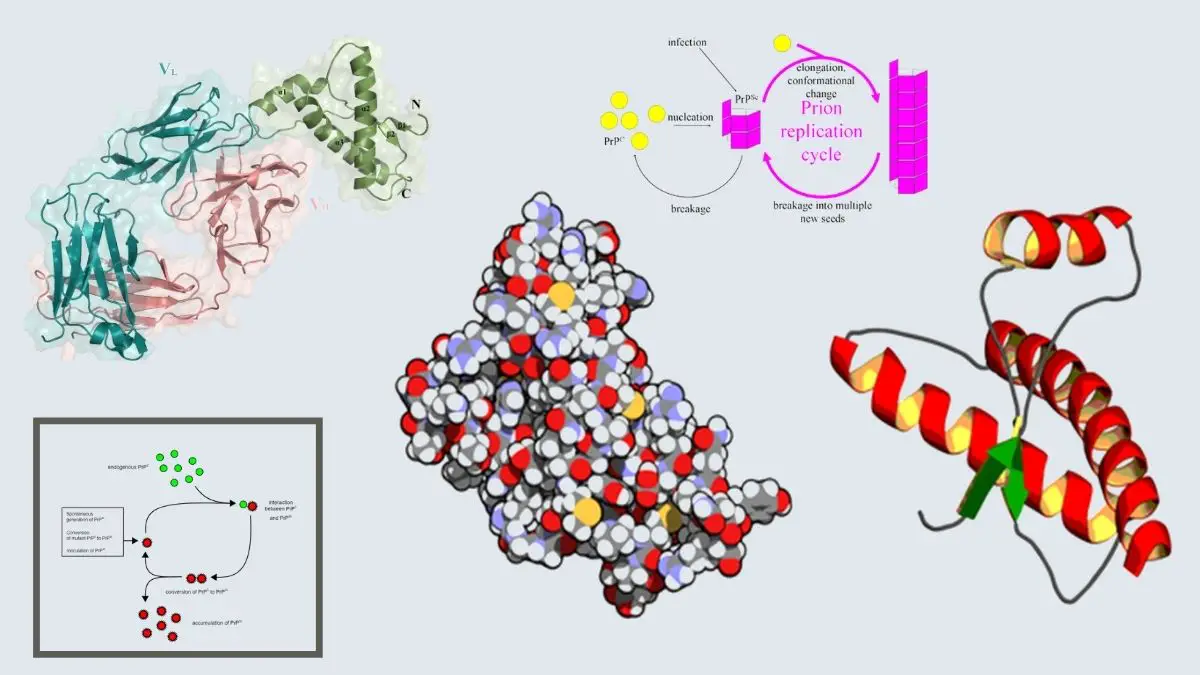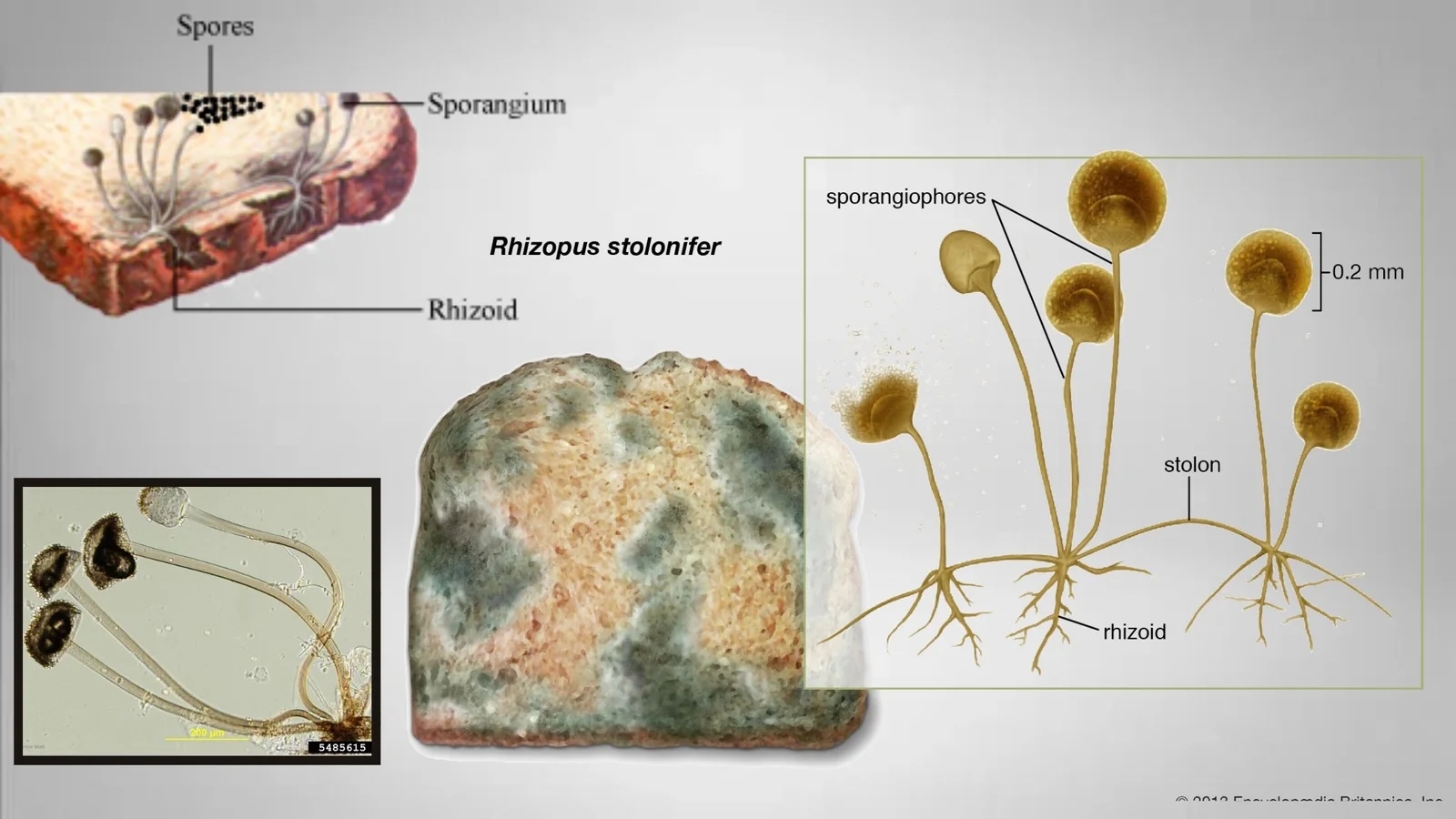Prions – Definition, Structure, Replication, Function, Disease
What are Prions? Definition of Prion A prion is an infectious, misfolded protein that causes neurodegenerative diseases by inducing abnormal folding of normal cellular proteins, leading to the accumulation of these misfolded proteins in the brain. Unlike other infectious agents, prions lack nucleic acids and propagate their abnormal structure through direct protein-protein interactions. Characteristics of … Read more


